
| Volume 35 Number 6 | Stony Brook, NY | < June 2021 > |
 |
 |
|
Visiting Professor Michel Struys, MD, PhD, FRCA
James P. Dilger, PhD We are pleased to welcome Michel Struys, MD, PhD, FRCA as this month's Visiting Professor. Dr. Struys is the Chairman of the Department of Anesthesiology at the University of Groningen, Netherlands. He studied Medicine, Anesthesiology and Medical Science (PhD) at the University of Ghent in Belgium, his native country. After his Anesthesia Residency in Ghent, he remained at the University from 1999-2008, serving as Adjoint-chef de clinique and Chef de clinique. Dr. Struys was also a Professor in Clinical Pharmacology at the Heymans Institute of Pharmacology in Ghent. In 2008, he moved to Groningen to assume the Chair, the position he currently serves in. He has maintained ties with the University of Ghent. Dr. Struys epitomizes the academic anesthesiologist. His PhD thesis, “het optimaliseren van de toediening van anesthetica-hypnotica tijdens anesthesie en sedatie” (The optimization of anesthetic-hypnotic drugs during anesthesia and sedation), set the tone for his extensive research in target-controlled anesthetic administration. He has published nearly 200 peer-reviewed papers and is an author of just as many scientific abstracts. In 2019, he received the Lifetime Achievement Award from The International Society of Anaesthetic Pharmacology honoring his important contributions to the field. Dr. Struys has been associated with the British Journal of Anaesthesia since 2003 and now serves as its Director and Trustee. He is an Associate Editor for Anesthesiology. Dr. Struys has presented over 60 Visiting Professor lectures throughout the world including our department in 2000. On a personal note, Dr. Struys is the only person I know who has used the word floccinaucinihilipilification in the title of a paper. I thank him for this useful addition to my vocabulary! Dr. Struys will speak on "Drugs in Anesthesia, Anything New?" for his virtual presentation on June 9. Welcome back to Stony Brook!  |
|
CA1, DA1 Orientation
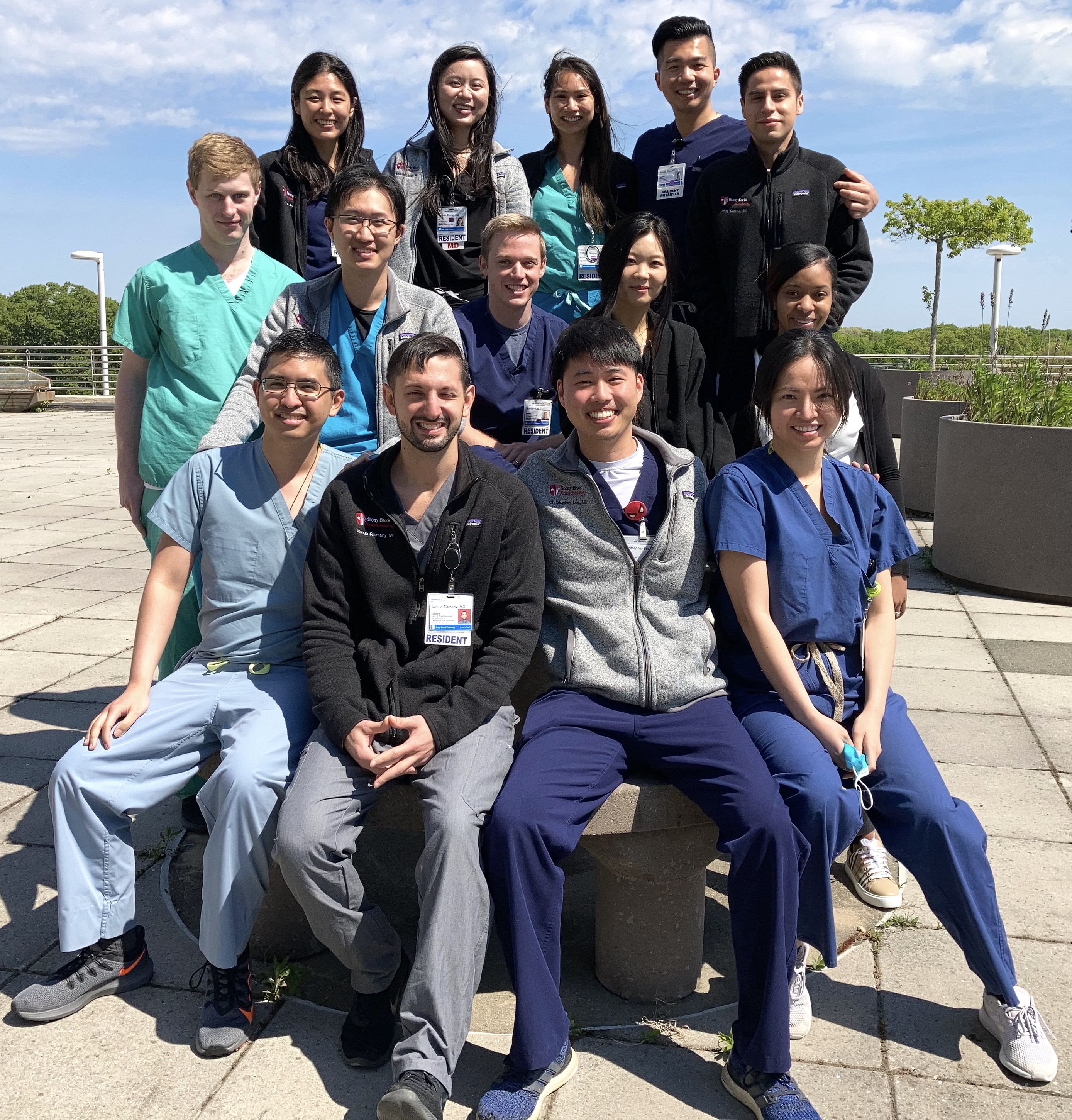
 |
|
Stony Brook Anesthesiology Twitter
 Ramanjot S. Kang, MD
Ramanjot S. Kang, MD We now have a Twitter page! Follow our new Stony Brook Department of Anesthesiology Twitter account @stonybrookanes Stay up to date on department news, new research, upcoming events, and everything else! To setup your own Twitter account go to: twitter.com/signup Have your posts featured on any of our social media accounts by using the #SBAnesthesia  |
|
New Publications
 |
|
Synaptic Communication
James P Dilger, PhD Two, random, publication-rated things from the past few weeks. 1. I am not an active participant in social media. Granted, I do have twitter and instagram accounts (and follow our department's activity on them), but I seldom post anything. Facebook - no thanks! But I am present on ResearchGate (Facebook for scientists?). They graciously post for me whenever I publish a paper or abstract and also stroke my ego by sending me an email notifying me of any citations of my papers. Usually, I glance at the email and say "that's nice" and promptly delete it. The other day, however, I did a double-take when I read that I was cited by this paper: 
I don't remember writing anything about free will since the philosophy class I took as an undergrad. It turns out that the author used (with publisher's permission) a figure showing ion channel activity from a paper I'd published in 1991! Wow! I just had to tell one of my co-authors about it. Namely, David Poppers, older brother of our own Jeremy Poppers, and son of our Founding Chairman Paul Poppers! David did a project in my lab as a high school student and contributed to this paper. 2. I usually have good things to say about Google (not just because my son-in-law works for them). But I recently made an exception. As an editor of BMC Anesthesiology, I was asked to edit a manuscript that they received. The authors had done a retrospective study to compare the number of citations of various anesthetic drugs in PubMed, compared to Google. Although I could easily think of a dozen reasons why I wouldn't like the manuscript just based on the abstract, I agreed to edit it. I was pleased to see that the authors used some advanced Google search tools, namely that the webpage had to have the name of an anesthetic in its title, that the article had to be in English, and it had to be published within a certain 5-year period. I decided to repeat one of their searches: “allintitle: Midazolam”, during 1983-1987, English pages. I got ten hits, which agreed with the number given in one of the manuscript's tables. So far, so good! But I took a closer look. Those of you who are old enough will probably recognize that this time period predates wide access to the internet. The authors do note this. So, just what are these hits? Well, they are all scientific articles, of course! Two of the hits referred to the same article, posted in two different places. One article was in German (I suppose springer.com is considered an English "page" by Google). One article was from 2019 (beats me)! At the bottom of the search page, Google says: 
Inclusion of the omitted results produced a total of 95 hits! My conclusion was that a) Google includes PubMed indexed articles (you already knew that, I'm sure), b) the same article may be found at more than one url (not a surprise either), c) the language filter is not perfect, d) the time period filter is not perfect, e) the top ten hits is not the extent of the googleverse (as a teenager I knew that the 10 ten hits was not the extent of the musicverse). Given these limitations, I could not trust anything presented in the manuscript, so I rejected it without further review. 
|
|
Where on Campus is That?
|
|
Monthly Muscle Chillaxant


|
|
SleepTalker, the Stony Brook Anesthesiology Newsletter is published by the Department of Anesthesiology
Stony Brook Medicine, Stony Brook, NY Tong Joo Gan, M.D., MHS, FRCA, MBA, Chairman Editorial Board: James P. Dilger, Ph.D.; Stephen A. Vitkun, M.D., M.B.A., Ph.D.; Marisa Barone-Citrano, M.A.; Ramanjot S. Kang, M.D. |


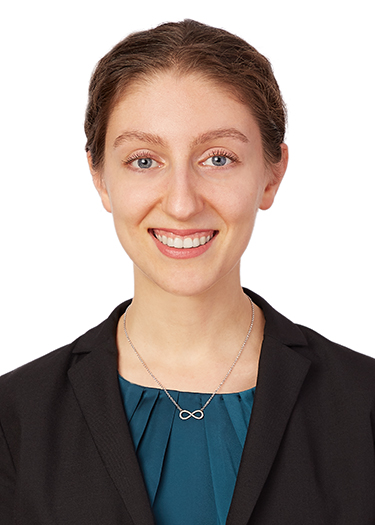
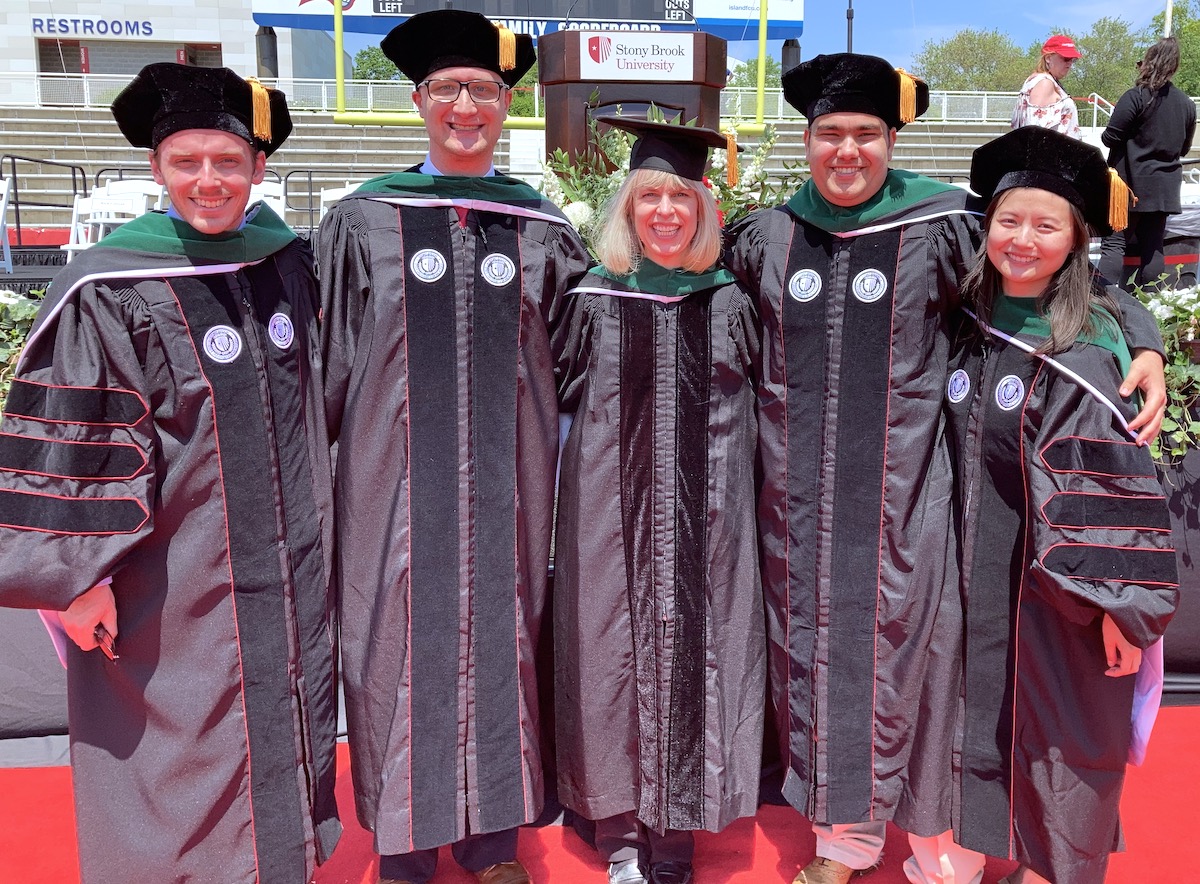
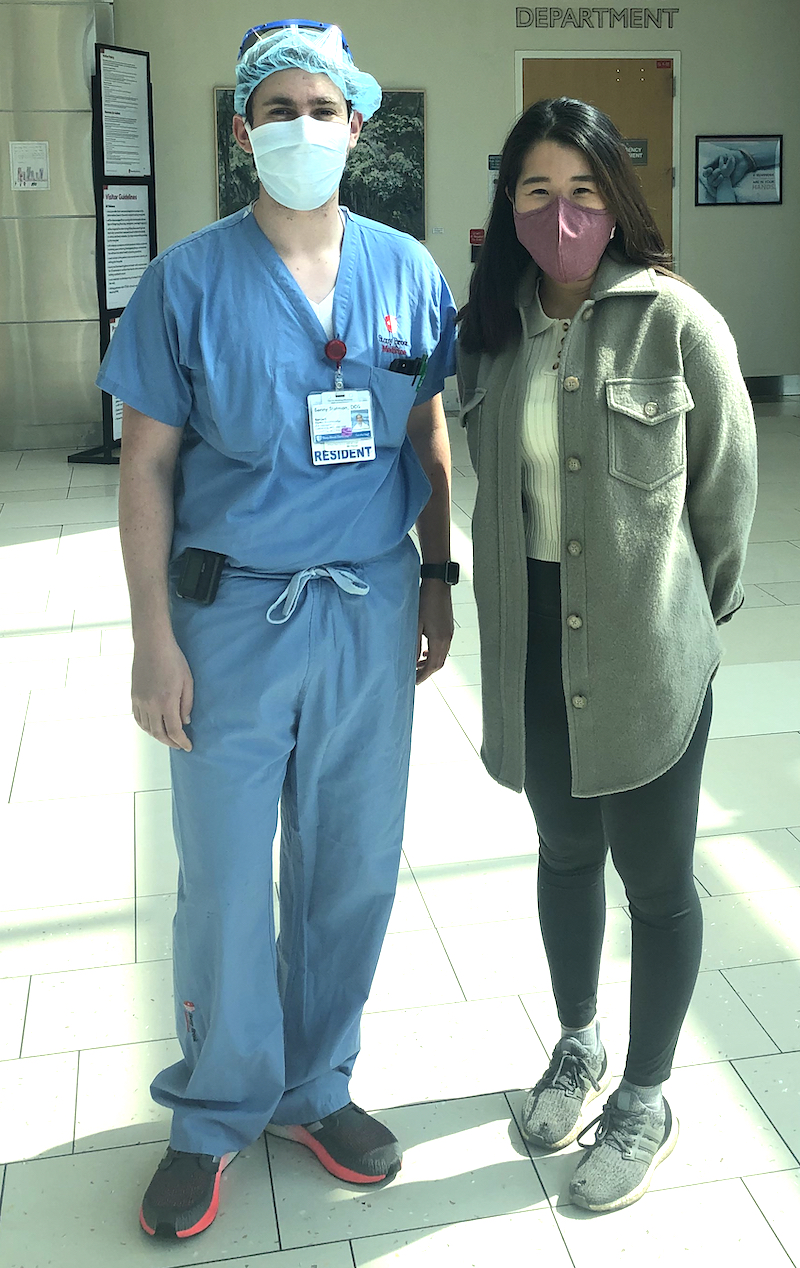
 Ursula Landman, DO
Ursula Landman, DO
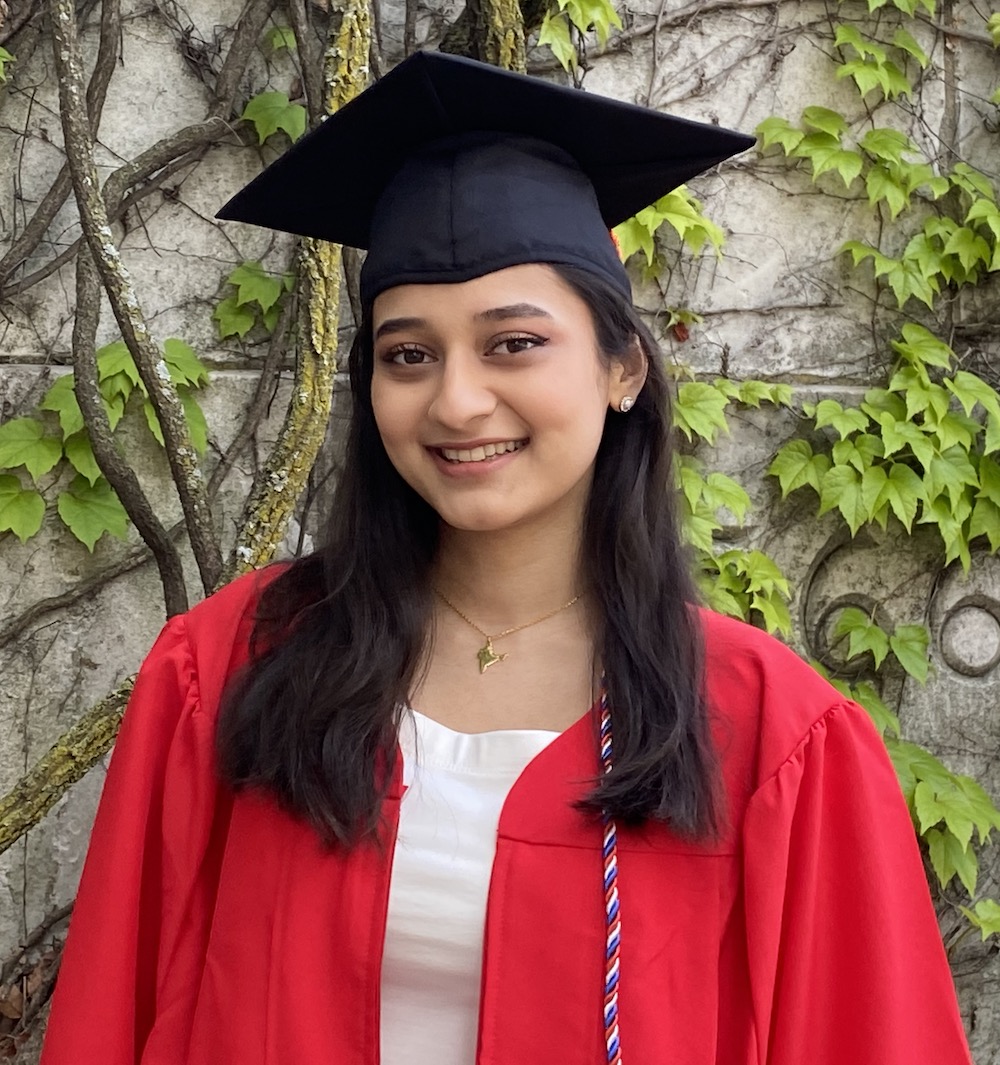 Tazeen Beg, MD
Tazeen Beg, MD